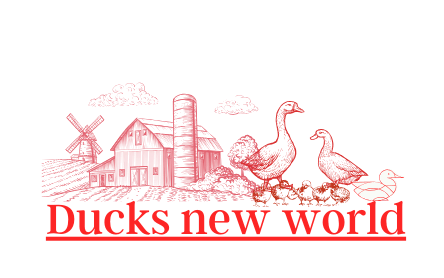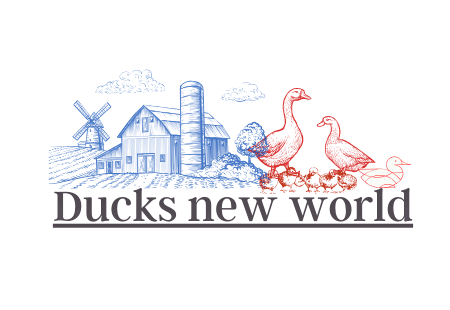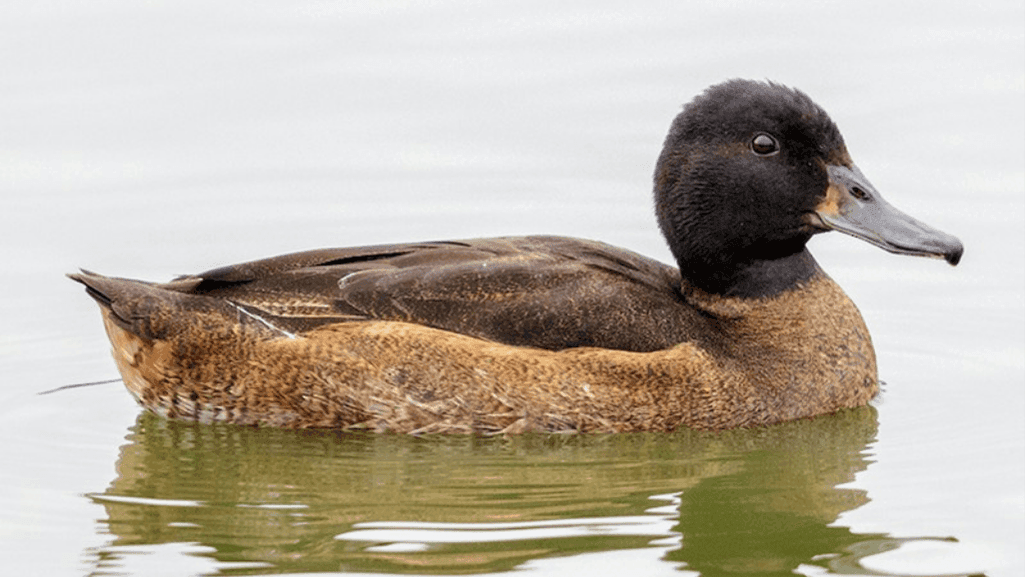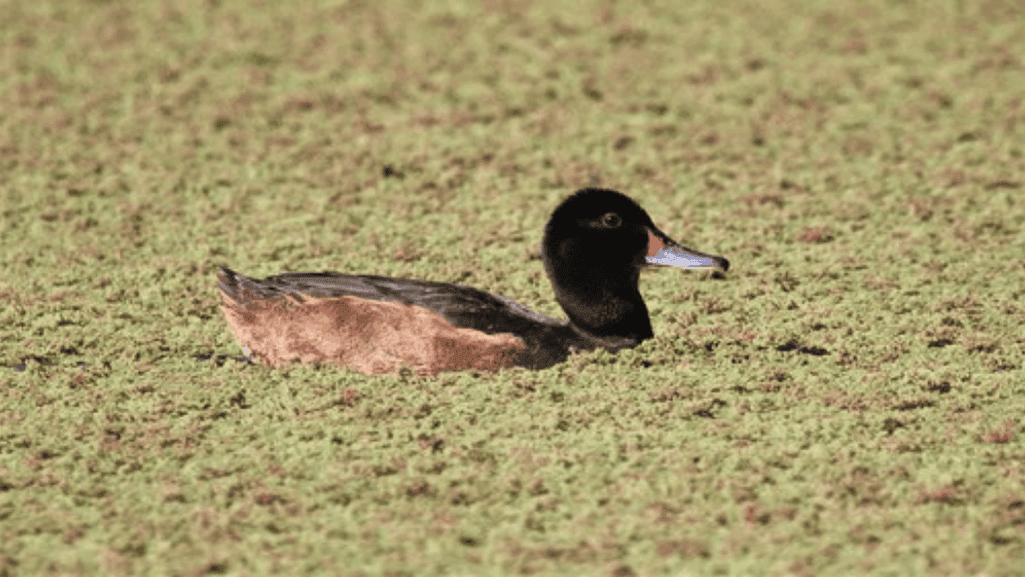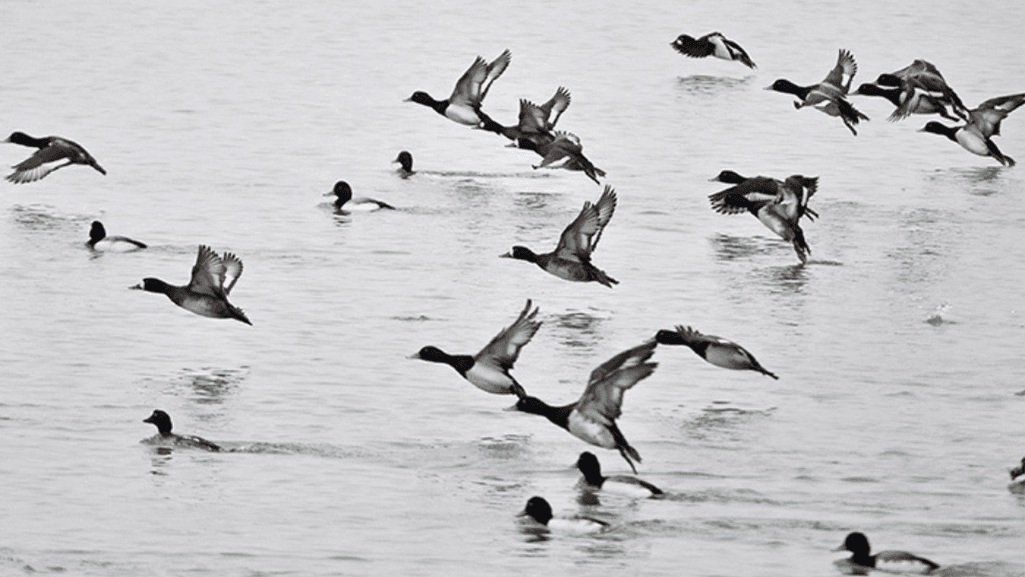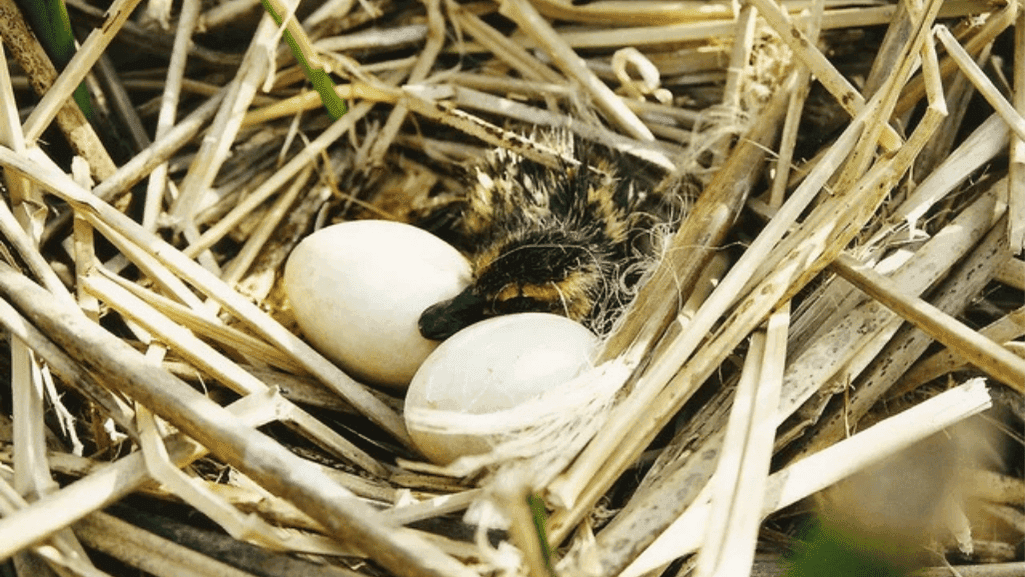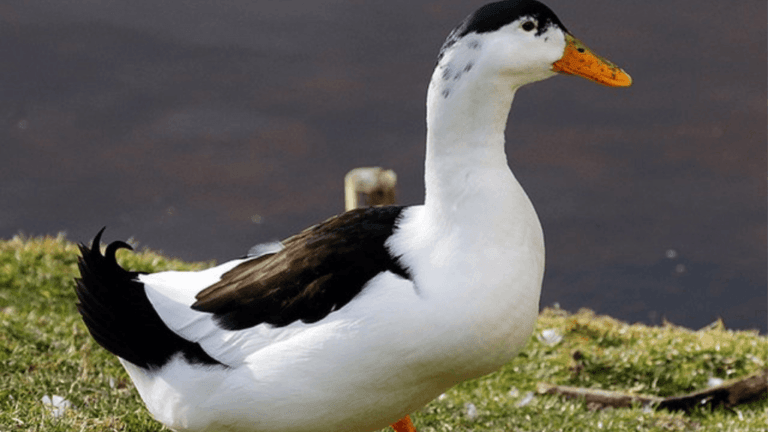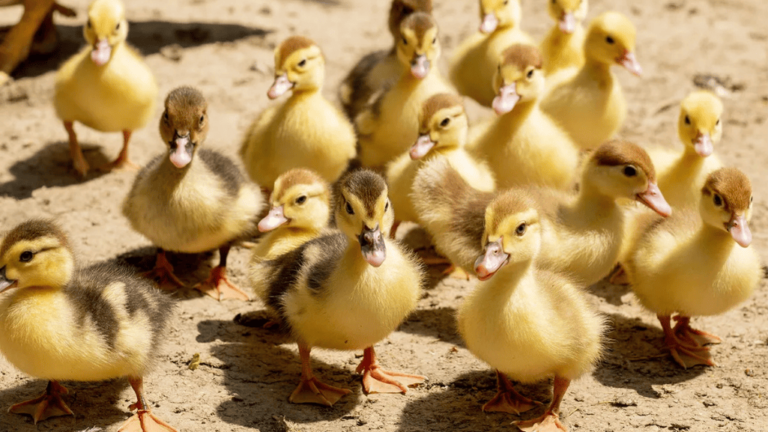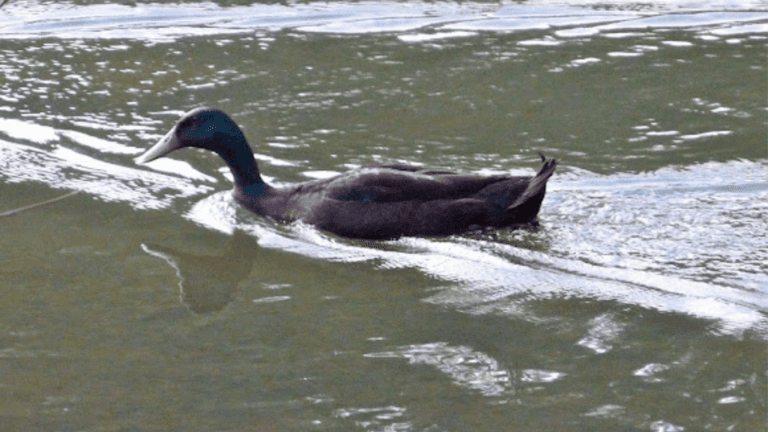The black headed duck is a standout in the Anatidae family. It’s a unique waterfowl from South America, loved by bird watchers around the world. With its own genus, Heteronetta atricapilla, it has features that make it stand out among other birds.
This duck lives in the wetlands of central Chile, Paraguay, Uruguay, northern Argentina, and southern Brazil. It loves swamps, lakes, and marshes. Its odd breeding habits and looks make it a big topic in wildlife studies.
Key Takeaways
- Black headed ducks are unique South American waterfowl
- They belong to the Anatidae family and are the only species in genus Heteronetta
- Their habitat includes swamps, lakes, and marshes across several South American countries
- These ducks are known for their distinctive appearance and unusual breeding behavior
- They are of particular interest in ornithology and wildlife studies
Introduction to the Black Headed Duck
The Black Headed Duck is a South American duck that belongs to the Anseriformes order and the Oxyurinae subfamily. It has caught the interest of researchers and bird lovers for its unique traits and behaviors.
Taxonomy and Classification
The Black Headed Duck is part of the Anseriformes order, like other waterfowl. It stands out in the Oxyurinae subfamily. This classification shows its special features and how it has adapted.
Geographical Distribution
This duck lives in several South American countries. You can find it in wetland habitats in Argentina, Bolivia, Brazil, Chile, Paraguay, and Uruguay. It shows how well it can live in different aquatic places across the continent.
Habitat Preferences
These ducks love living in various wetland habitats. They like freshwater marshes with lots of Scirpus californicus sedges, and they also live in lakes and water-filled ditches. Sometimes, they can be seen in flooded fields. They prefer big, deep marshes with lots of plants for foraging and nesting.
| Habitat Type | Characteristics | Importance |
|---|---|---|
| Freshwater Marshes | Dominated by Scirpus californicus sedges | Primary habitat for foraging and nesting |
| Lakes | Larger bodies of water | Provides diverse food sources |
| Water-filled Ditches | Narrow, shallow water bodies | Offers protection and easy access to food |
| Flooded Fields | Temporary wetlands | Occasional habitat during migration or flooding events |
The Black Headed Duck’s choice of habitat shows how adaptable it is in South American ecosystems. These wetland habitats are perfect for it to live and show its interesting behaviors. Knowing where they live is key for protecting them and keeping duck species safe.
Physical Characteristics of the Black Headed Duck
The Black Headed Duck is unique among waterfowl. It has distinct traits that help identify it and show amazing adaptations.
Size and Shape
Black Headed Ducks are smaller than Mallards, measuring 35-40 cm long. They weigh between 434 to 640 grams. Their long body and short wings make them well-suited for the water.
Plumage and Coloration
Male Black Headed Ducks have a glossy black head, front, and back. Their sides are gray with a white wedge at the shoulder. Females look brownish with a tall, peaked head. They have a gray face with a white eyering and strip behind the bill.
Bill Structure and Adaptations
The bill of the Black Headed Duck is an amazing adaptation. It’s slate-blue with a red base that gets brighter in breeding season. The bill has a black maxilla and an orange mandible, perfect for their diet. As Ducks New World notes, these features are key to their survival and place in the ecosystem.
| Feature | Male | Female |
|---|---|---|
| Head Color | Glossy Black | Brown |
| Body Color | Black with Gray Sides | Rich Brown |
| Distinctive Marks | White Wedge at Shoulder | White Eyering and Bill Strip |
| Bill Color | Slate-blue with Red Base | Slate-blue with Red Base |
Behavior and Ecology
The Black Headed Duck shows interesting behavior in water. They have unique ways of eating, socializing, and migrating. These actions make them stand out among other waterfowl.
Feeding Habits
Black Headed Ducks are quick divers but mostly eat by dabbling. They eat:
- Seeds, especially from bullrush and reedmace
- Parts of aquatic plants
- Some invertebrates
Even though they look like diving ducks, they mostly eat at the surface. This shows how adaptable they are in different water environments.
Social Behavior
These ducks are usually quiet and blend in. They fly in groups of up to 40 birds, showing they like to be together. In courtship, they make a soft “quah quah” sound. They are active during the day, which shows their social side.
Migratory Patterns
Black Headed Ducks have unique migration patterns:
- They stay in most of their range all year.
- Some move seasonally in Paraguay and Bolivia.
- Others go to southern Brazil and Uruguay in the winter.
These movements show how they adapt to changes in their environment and find food.
| Behavior | Characteristic |
|---|---|
| Feeding | Dabbling, fast diving |
| Diet | Seeds, aquatic plants, invertebrates |
| Social Interaction | Quiet, flock formation |
| Vocalization | Limited, low “quah quah” sounds |
| Migration | Partial, seasonal movements |
Unique Breeding Strategy: Brood Parasitism
The Black Headed Duck has a special way of breeding. It uses brood parasitism, where females lay eggs in other birds’ nests. Brood parasitism is a fascinating part of nature, showing how different birds survive.
Unlike many waterfowl, Black Headed Ducks don’t build nests. They lay their eggs in the nests of other birds, like rosy-billed pochards, coots, and even raptors. This makes them unique in the waterfowl world and obligate brood parasites.
After hatching, Black Headed Duck chicks leave the nest quickly. They don’t need the host parents to care for them, unlike some other parasitic birds. This helps them survive and doesn’t overburden the host species.
| Aspect | Black Headed Duck | Other Brood Parasites |
|---|---|---|
| Nest Building | No | Varies by species |
| Host Range | Wide (waterfowl, coots, raptors) | Often species-specific |
| Chick Behavior | Precocial, leaves nest quickly | Often altricial, stays in nest |
| Host Egg Removal | No | Common in some species |
Studies show that up to 90% of waterfowl may engage in brood parasitism. The Black Headed Duck’s method is just one example of how birds adapt to survive. This shows the complex nature of bird reproduction and its importance in conservation.
Conclusion
The black-headed duck is a standout in the waterfowl world. Its unique ways and behaviors, like brood parasitism, draw in wildlife photography fans and scientists. Its looks and role in nature show how vital wetlands are for birds.
Even though the black-headed duck is not considered endangered, we can’t relax. It’s a key sign of how healthy aquatic places are. We need to keep working to save these areas. This helps not just the duck but all the plants and animals that live there.
Studying this special duck shows us how complex nature is. It tells us about the fine balance in our world and the importance of ongoing research and protection. By saving wetlands, we make sure future generations can see and learn from amazing birds like the black-headed duck in the wild.
